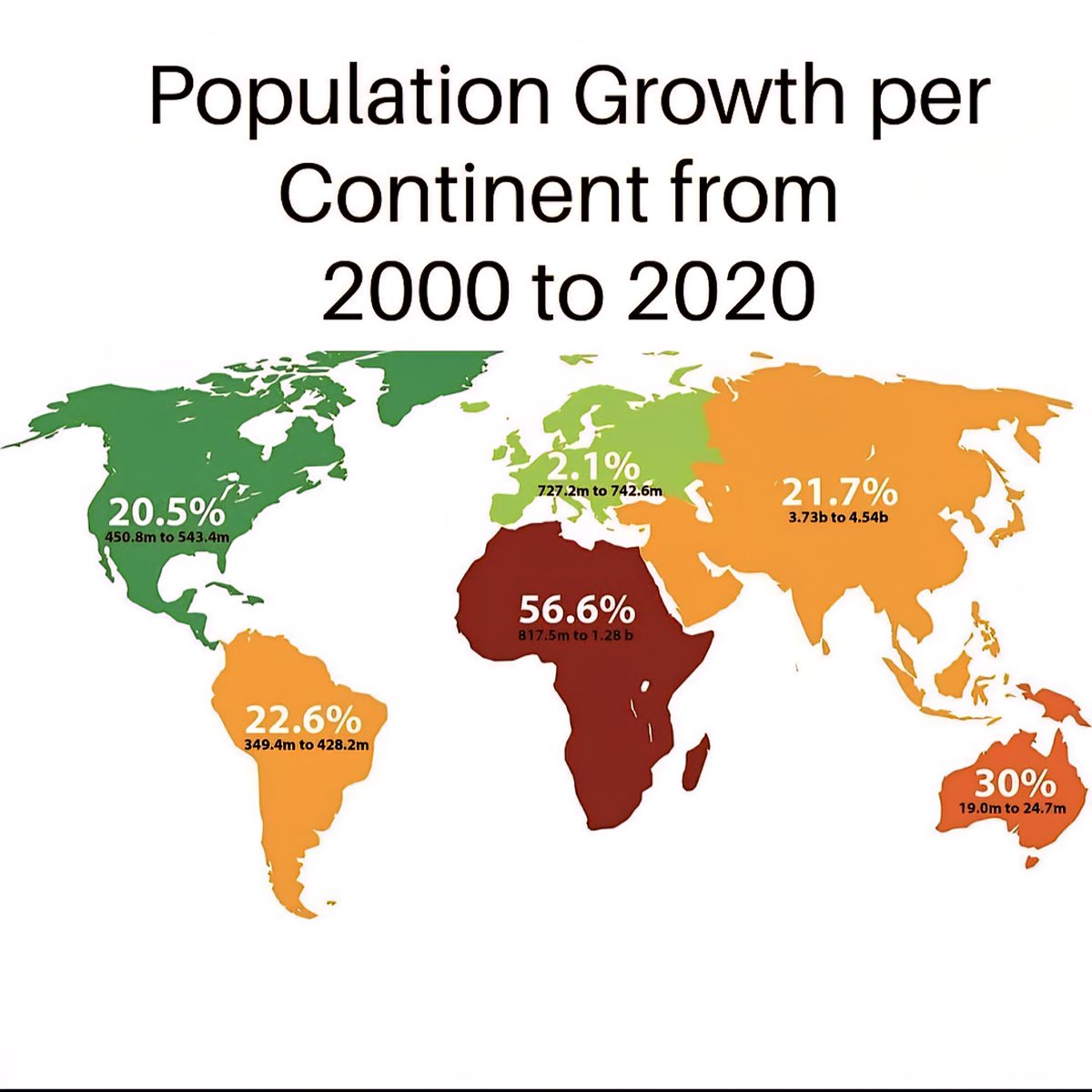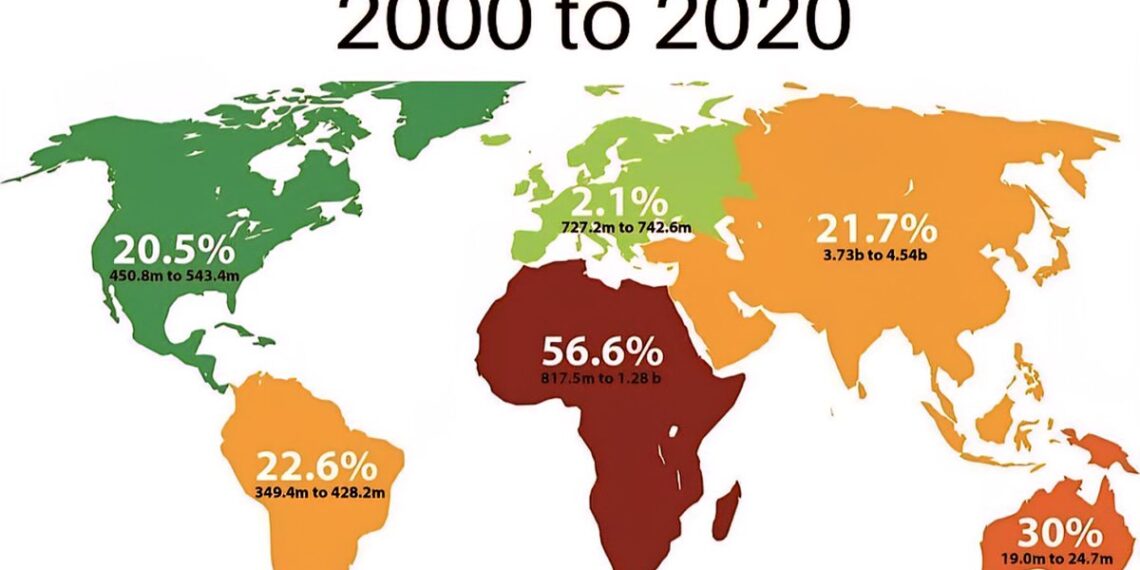Select Language:
Understanding Global Population Trends in 2025: A Detailed Breakdown

Rapid Population Growth in Africa
Over the past few decades, Africa has experienced the most significant increase in population. From 2000 to 2020, the continent’s population surged, driven by high birth rates, improved healthcare, and declining mortality rates. This growth is projected to continue into 2025, positioning Africa as the fastest-growing population hub globally. Countries like Nigeria, Ethiopia, and the Democratic Republic of Congo are at the forefront, expected to contribute heavily to the continent’s expanding demographic landscape.
China’s Stabilizing Population
China’s population growth has notably slowed since the early 2000s, with a marked decline in birth rates and an aging population. Despite being the most populous country historically, recent policies such as the relaxation of the one-child policy have only partially reversed the downward trend. By 2025, China is anticipated to experience a slight population decline or stabilization, raising concerns about workforce sustainability and economic growth, prompting governmental discussions on policies to encourage higher birth rates.
India’s Continuing Demographic Expansion
India remains a demographic heavyweight, with its population steadily increasing but at a declining pace compared to previous decades. The nation’s large youth demographic continues to fuel growth, contributing to a rising middle class and urbanization. Experts project that India will surpass China as the most populous country by 2027 or 2028, further influencing global economic and environmental dynamics.
Population Plateau in Europe
Europe has seen relatively stagnant growth, with some countries experiencing population decline due to low fertility rates and aging populations. Despite migration helping to stabilize some nations, the overall continent’s growth is flat or declining. Countries such as Germany, Italy, and Japan are grappling with aging populations, which pose challenges for healthcare, pensions, and labor markets. By 2025, aging populations are expected to accelerate, necessitating strategic policy responses.
Population Surge in Southeast Asia
Southeast Asia continues its growth trajectory, albeit at a slower pace than Africa or India. Nations like Indonesia, the Philippines, and Vietnam have experienced steady demographic expansion due to improvements in healthcare and declining infant mortality. This growth has spurred rapid urbanization and economic development, but also increased pressure on infrastructure and resources. The trend is expected to persist into 2025, making the region a major player in global demographic shifts.
Latin America’s Moderate Growth
Latin America’s population growth has been relatively moderate, with some countries like Brazil and Mexico maintaining steady increases. Young populations and urbanization continue to drive demographic changes, but fertility rates are gradually decreasing. Regional challenges include inequality and migration, influencing population dynamics. By 2025, the continent’s population growth is expected to stabilize further, focusing on sustainable development.
Population Decline in Japan and Some Pacific Islands
Japan’s population has been shrinking for over a decade, a trend that is set to continue into 2025. The country faces severe population aging, with fewer young people to replace aging workers. Similar patterns are seen in some Pacific Island nations, where outmigration and low fertility hinder growth. These demographic shifts threaten long-term economic vitality, prompting calls for innovative immigration and social policies.
Understanding these trends is essential for grasping the future of global development, economic stability, and environmental sustainability. Countries will need adaptive policies to address the demographic challenges and opportunities arising from these shifts.
Note: The above analysis is based on current projections and demographic data trends as of 2025.






